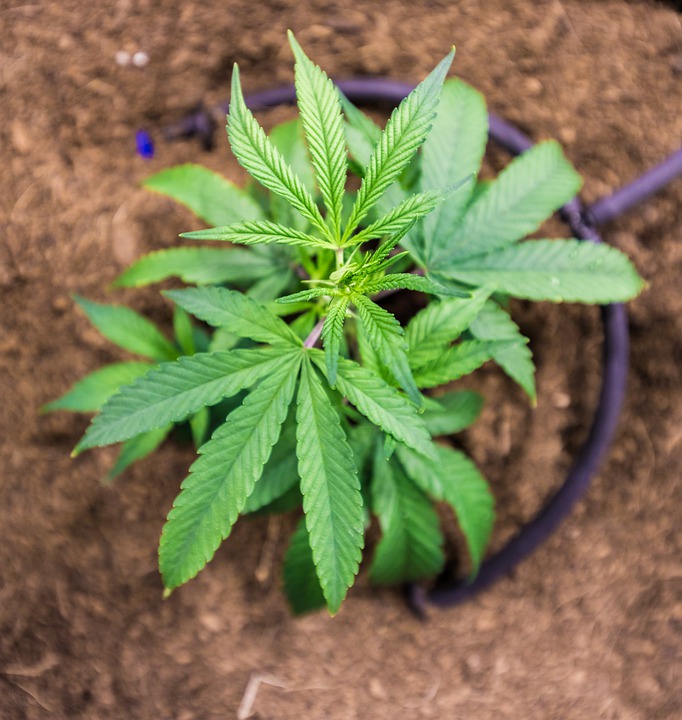Hemp is a versatile plant that has been cultivated for thousands of years for its fibers, seeds, and oil. In recent years, hemp has gained popularity for its many uses, including in textiles, food products, and even building materials. In this article, we will take a closer look at the growing process of hemp and how it is harvested.
Planting
The first step in the hemp growing process is planting. Hemp seeds are planted in well-drained soil in the spring, typically in rows to allow for easy maintenance and harvesting. Hemp is a hardy plant that can grow in a variety of soil types, but it thrives in rich, fertile soil with good drainage.
Growth and Maintenance
Once planted, hemp plants require regular watering and fertilization to promote healthy growth. In some cases, hemp may also require the use of pesticides to protect against pests and diseases. However, many hemp farmers prefer to use organic methods to minimize the use of chemicals.
Harvesting
Hemp plants are typically harvested in the fall when the plants have reached maturity. The timing of the harvest is crucial, as harvesting too early can result in lower yields, while harvesting too late can result in a loss of potency in the plant’s fibers and seeds. Once harvested, hemp plants are typically dried and processed to extract the fibers, seeds, and oil.
Processing
After harvesting, hemp plants are dried to remove excess moisture before processing. The fibers of the hemp plant can be used to make textiles, rope, paper, and more, while the seeds can be eaten whole, pressed for oil, or ground into flour. Hemp oil is rich in omega-3 and omega-6 fatty acids, making it a popular choice for cooking and skincare products.
Conclusion
Hemp is a versatile plant that has been used for centuries for its many benefits. From textiles to food products, hemp offers a sustainable and environmentally friendly alternative to traditional crops. By understanding the growing process of hemp and how it is harvested, we can appreciate the many uses of this versatile plant.
FAQs
Q: Is hemp the same as marijuana?
A: While hemp and marijuana are both members of the cannabis plant family, they are distinct in their chemical makeup. Hemp contains only trace amounts of THC, the psychoactive compound found in marijuana, making it non-intoxicating.
Q: Is it legal to grow hemp?
A: The legality of growing hemp varies by country and region. In the United States, the cultivation of hemp was legalized with the passage of the 2018 Farm Bill, which removed hemp from the list of controlled substances.
Q: What are the environmental benefits of hemp?
A: Hemp is a fast-growing plant that requires minimal water and pesticides, making it a more sustainable alternative to traditional crops. Hemp also absorbs carbon dioxide from the atmosphere, helping to reduce greenhouse gas emissions.

